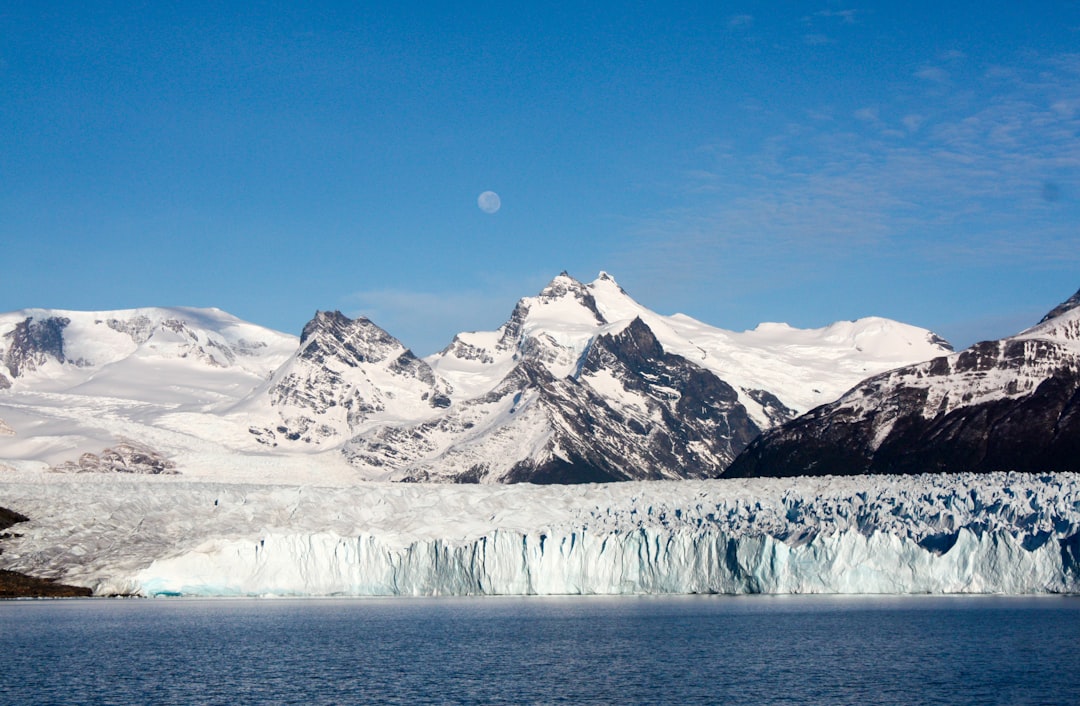What is it about?
In this study, we focus on understanding the dynamics of pelagic sargassum, a type of seaweed, as it washes ashore along the Caribbean and West African coasts. We analyze a comprehensive dataset of hourly optical imagery spanning over five years to examine the temporal variation in the arrival and accumulation of sargassum on the beach. Our research also investigates the hydrometeorological conditions that govern the beaching process. By employing image classification and analysis techniques, we uncover intriguing insights into the arrival patterns of sargassum. We identify interannual variability in the start, duration, and intensity of the sargassum arrival season. Our findings indicate that the arrival of sargassum is associated with relatively low energy levels related to onshore-directed winds and waves. Furthermore, we focus on understanding the natural removal dynamics of beached sargassum. We observe the formation of a wrack berm once the seaweed reaches the beach and identify three distinct mechanisms for wrack removal based on water levels and wave actions. We emphasize the importance of elevated water levels and increased wave action in facilitating the natural removal of beached sargassum. In summary, our study provides valuable insights into the beaching and natural removal processes of pelagic sargassum in a fringing-reef lagoon environment. We highlight the temporal variation, hydrometeorological conditions, and natural removal mechanisms associated with sargassum influx. Our findings contribute to our understanding of the impacts of sargassum on coastal ecosystems and the potential effectiveness of natural removal processes in mitigating its effects.
Featured Image

Photo by Aldward Castillo on Unsplash
Why is it important?
The invasion of massive amounts of sargassum seaweed in the Caribbean and West African coasts since 2011 has had severe ecological and economic impacts. Understanding the beaching dynamics and the ability of coastal systems to naturally remove the beached seaweed is crucial for effective management and mitigation strategies. This research provides valuable insights into sargassum's temporal variation, governing conditions, and removal mechanisms, contributing to coastal ecosystem conservation and the protection of local economies.
Perspectives
As a researcher involved in this study, I am fascinated by the complexities of sargassum beaching and its subsequent removal. This work sheds light on the interplay between hydrometeorological conditions, wave energy, and the resilience of coastal systems in coping with the influx of seaweed. By understanding these processes better, we can develop targeted strategies to mitigate the impacts of sargassum invasions, protect vulnerable coastal ecosystems, and support the livelihoods of communities dependent on healthy beaches.
Christian Appendini
Universidad Nacional Autonoma de Mexico
Read the Original
This page is a summary of: Beaching and Natural Removal Dynamics of Pelagic Sargassum in a Fringing‐Reef Lagoon, Journal of Geophysical Research Oceans, November 2021, American Geophysical Union (AGU),
DOI: 10.1029/2021jc017636.
You can read the full text:
Contributors
The following have contributed to this page










